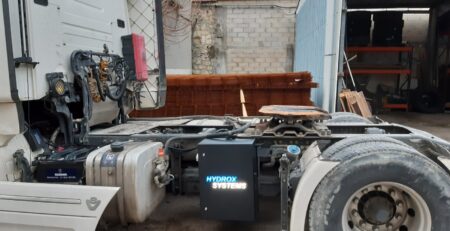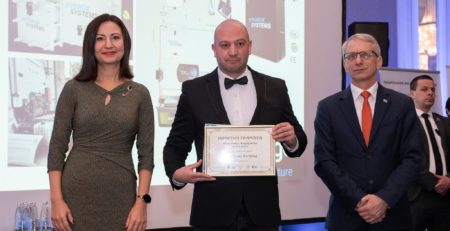What is HHO
What is HHO?
HHO – This is the chemical abbreviation of Oxy-hydrogen gas.
The homogeneous gas mixture of hydrogen and oxygen after separation. Also called Bang gas and Knall gas in the German language. The proportion of the HHO is 2 parts of Hydrogen and 1 part of Oxygen with purity 99.95%
In 1832, Michael Faraday discovered the method of electrolysis, which helps the separation of the ingredients of the water H2O.
The most known method to produce oxy-hydrogen (HHO) gas is by the method of electrolysis. There are also other methods to produce hydrogen or oxy-hydrogen. Of course, it’s not that easy to start and stop the process, like by the method of electrolysis.
The electrolysis is a chemical decomposition produced by passing an electric current through a liquid or solution containing ions. I presume many of you heard about electrolysis during chemistry classes in school.
Electrolysis
Electrolysis is a stage in the separation of elements. Hydrogen and oxygen molecules from naturally occurring sources such as water use an electrolytic cell. The voltage that occurs to electrolysis is called the decomposition potential. Electrolysis is a technique that uses a direct electric current (DC) to start the process of breaking up the bonds between the molecules. Usually, the water H2O shows its formula, which means it consists of 2 molecules of Hydrogen (H) and 1 molecule of Oxygen (O).
This extremely explosive homogeneous mixture of those two gases made of water. Of course, if you provide a spark, the HHO gas will explode or if you try to compress it under pressure it’s dangerous as well. People use Electrolysis in the cleaning and preservation of old artifacts.
Simply the process separates the non-metallic particles from the metallic ones, it is very useful for cleaning a wide variety of metallic objects, from old coins to even larger objects including rusted cast iron cylinder blocks and heads, when rebuilding automobile engines. Rust removal from small iron or steel objects by electrolysis can be done easily. In a home workshop using simple materials such as a plastic bucket, tap water, lengths of rebar, washing soda, baling wire, and a battery charger.
The HHO can explode under pressure or when you have only a 4% density in the air and something to ignite this gas mixture. Do not try that!
The industry uses the electrolysis process for the production of:
- Electrometallurgy is the process of reduction of metals from metallic compounds to obtain the pure form of metal using electrolysis. The method also makes Aluminum, lithium, sodium, potassium, magnesium, calcium, and in some cases copper.
- Chlorine and sodium hydroxide
- Sodium chlorate and potassium chlorate
- Perfluorinated organic compounds such as trifluoroacetic acid by the process of electrofluorination
- Electrolytic copper as a cathode, from refined copper of lower purity as an anode.
Electrolysis has many other uses:
- Oxygen for spacecraft and nuclear submarines.
- Hydrogen for fuel, using a cheap source of electrical energy.
- Oxy-hydrogen for different purposes such as carbon cleaning in internal combustion engines, cutting metals, graving, polishing, heating systems, etc. HHO gas has many technical purposes, such as welding, engraving, cutting, welding of electronic components, as a supplement fuel in Internal combustion engines (HHO kits), which purposely burn the regular fuel more complete and produce more mechanical power, lower the emissions of internal combustion engines and keep the engine free of carbon deposits over a certain engine part.










